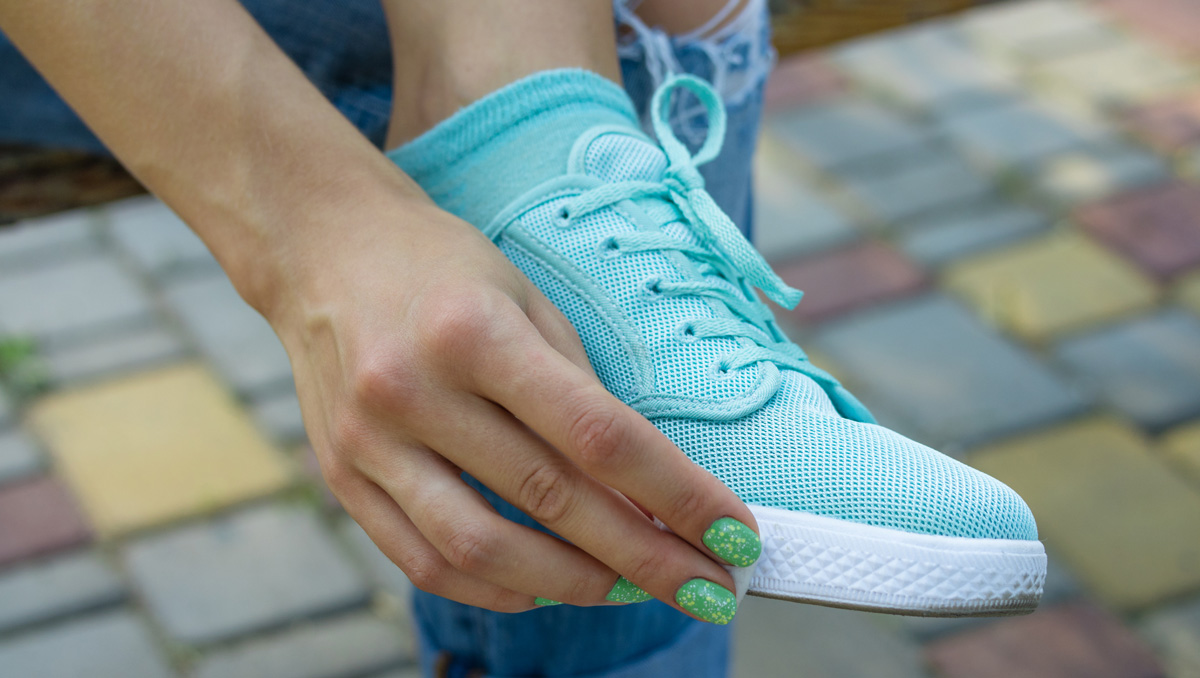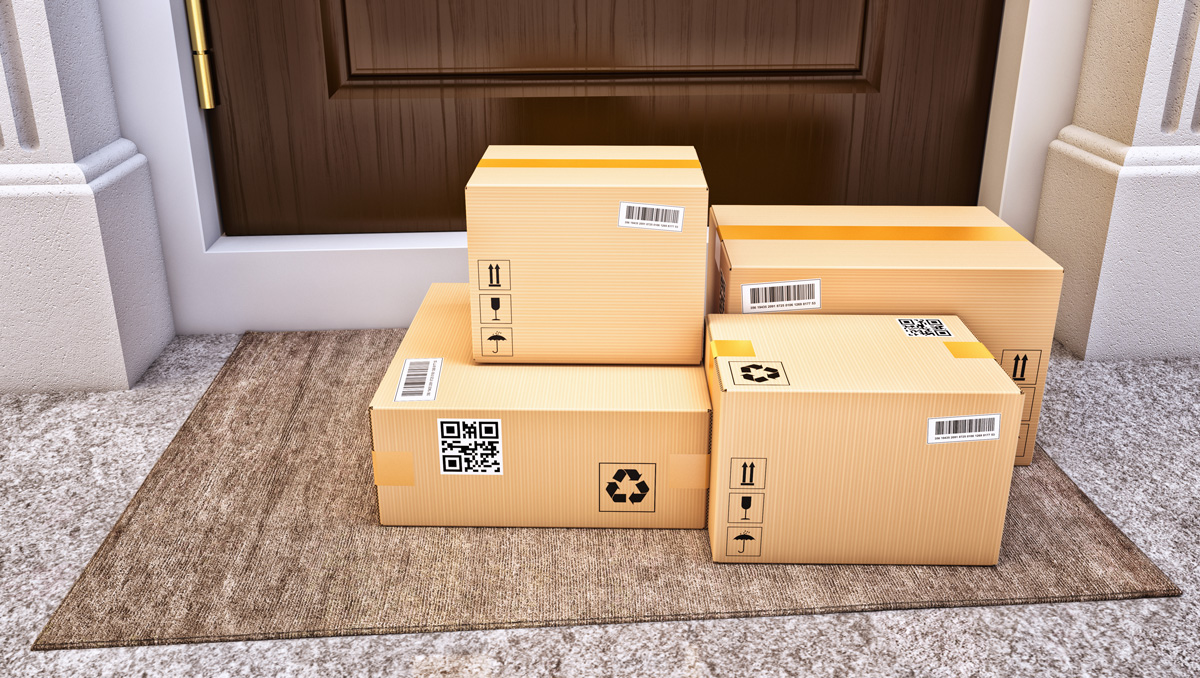How is a Penny Saved, a Penny Earned?

The pandemic has thrown families everywhere a real curveball to say the least. But social distancing doesn’t only present challenges. For example, a primary benefit of all the extra together-time, is the opportunity to talk with your children about money. If you only do this for 10 minutes a night for one week, your family will be able to exit the pandemic with money-smarter kids.
You don’t need to be an expert, or download an App. You only have to take some of the time you are already spending together – and make sure that your children are in possession of some simple facts. We promise, this can’t help but help them have a greater respect for your family’s hard-earned income. Do you have Grade School kids at home with you right now? At dinner tonight, consider discussing that old adage “a penny saved is a penny earned”. Being frugal actually yields real-life purchasing power!
At Gifting Sense, we spend a lot of time talking with kids about money. A part of every workshop we run involves them researching the full cost of a request they would like to make, including for example the sales tax on a new pair of shoes, or how much safe transportation, snacks and souvenirs can add to the cost of an event like a trip to a museum or movie theatre. Again and again we see their eyes opened by the actual dollar value of what they might initially consider to be a relatively small purchase. It’s not a huge leap, to move from this realization to wondering how they can regularly afford the things they want. And this is where the real-life purchasing power of being frugal gets discussed.
Movie tickets are only $10 – so what’s the big deal? Well when is the last time you went to the movies on a free magic carpet ride, and had nothing to eat or drink? If you watch a movie at home, the whole family can see two movies for $10 or less, depending on your movie-watching method, including pennies a serving home-made popcorn. If your family regularly went to the movies every month and spent $70 for the entire outing, explain how during the pandemic you have now “saved” $140 – which can pay for one heck of a streaming account for the entire coming year – or maybe something else that might otherwise have been outside your household’s budget. You saved money which lets you spend money – without earning more at a job.

Encouraging children to use items until the very end of their natural lifecycle seems to be one of the easiest ways to help them understand how a penny saved is a penny earned: Saving money by cleaning and re-employing last year’s soccer cleats, means no money has to be spent to buy a new pair this year – if they still fit, or someone else can use them.
Cleaning out your pantry is a pandemic inspired activity that will both soak up some time and drive this message home. How? Have you been discovering beans in the back of your cupboard from 2013? Have your kids go through all the kitchen cabinets, the fridge and freezer, searching for items that are past their expiration dates. (Extra dessert for whoever finds the single oldest item!) Consult these guidelines to see which items can truly no longer be enjoyed, then ask your kids to add up how much money you might have wasted if you had thrown out perfectly good food by researching the price for replacements at an online grocer. Whatever money has been saved by using pasta or beans that are beyond their stated expiration dates – is money you don’t have to spend to buy pasta and beans this week!
So many families are experiencing income and job loss right now. Today’s kids could grow up to be as frugal as their grandparents who lived through the Great Depression. Think of the positive environmental impact that could generate. Being frugal isn’t only good for our wallets, it’s good for the planet because we in North America just put way too many “gently used” items into landfills.
Hang onto hope everyone. Let’s get through this thing, if nothing else, with money-smarter kids.
If you are interested in how children research the full value of a request or purchase (before they make it) at one of our in-classroom workshops, please click on the Green or Pink Buttons below. Of course, they can also do this at home!




